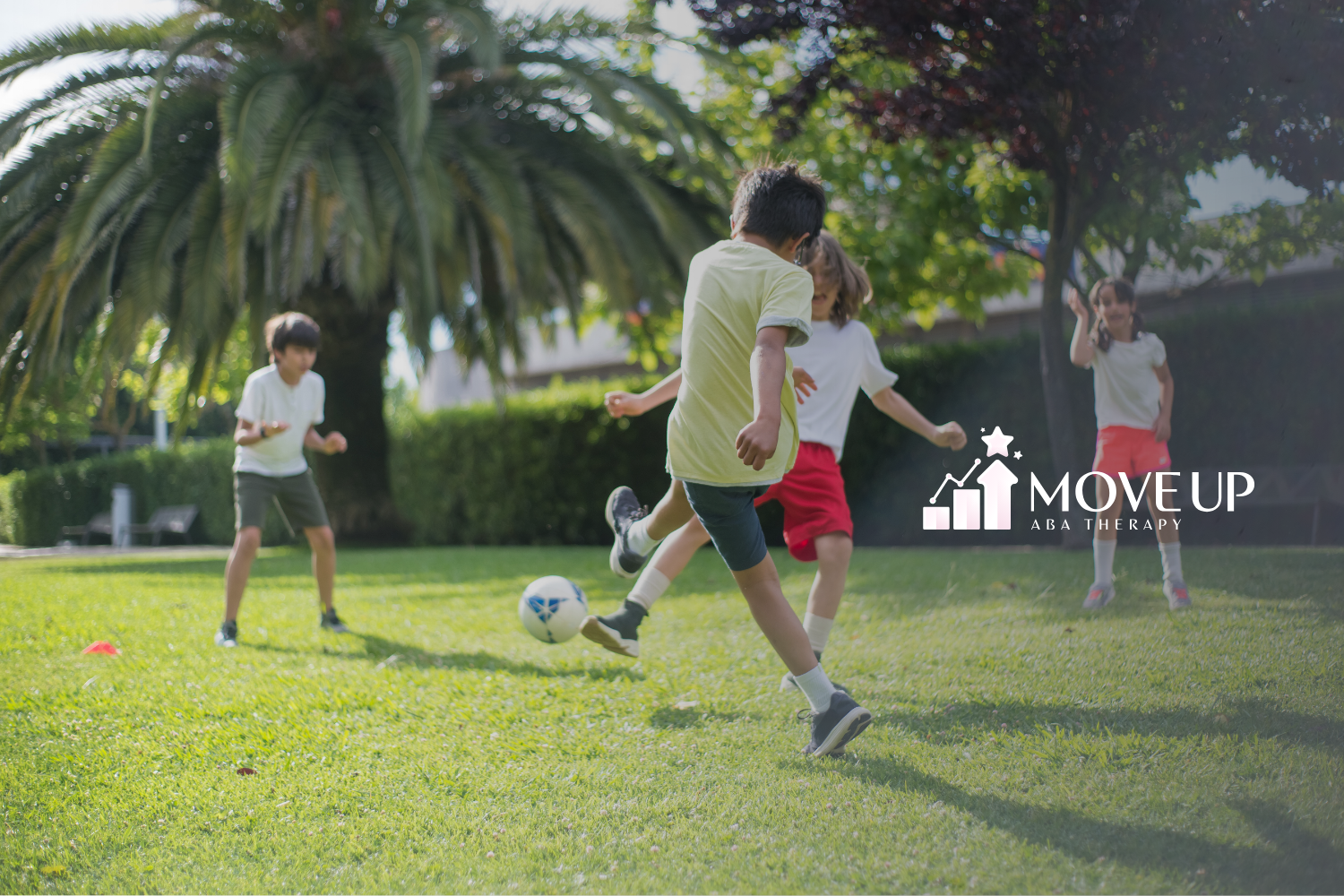In Applied Behavior Analysis (ABA), shaping and chaining are two powerful teaching methods used to help children with autism learn new skills. Though both focus on breaking learning into manageable steps, they serve different purposes.
Shaping is used to teach a brand-new behavior that a child may not yet be able to perform. Therapists reinforce successive approximations—or small steps—that gradually become closer to the final desired behavior. For example, if a child is learning to say a word, the therapist might first reward any sound, then clearer sounds, and finally the full word.
Chaining, on the other hand, is used when a behavior involves several steps, such as brushing teeth or tying shoes. The task is broken down into parts, and each step is taught in order—either from the beginning (forward chaining) or from the end (backward chaining).
Both shaping and chaining help build independence and confidence. ABA therapists choose the best method depending on the child’s abilities and the complexity of the skill being taught.
Understanding these techniques helps parents appreciate how ABA supports learning in a structured, step-by-step way.
At Move Up ABA, we use shaping and chaining, core Applied Behavior Analysis (ABA) strategies, to help children learn new skills at their own pace.
Shaping refines a behavior through gradual steps, while chaining breaks complex tasks into smaller, sequential steps. Understanding these differences allows us to effectively empower autistic children to master new abilities.
Frequently Asked Questions
Q: What is shaping in ABA?
A: Shaping involves reinforcing small steps that gradually lead to the desired behavior.
Q: What is chaining in ABA?
A: Chaining breaks a task into smaller steps and teaches each step in a sequence.
Q: How are shaping and chaining different?
A: Shaping builds new behaviors step by step, while chaining teaches a sequence of known steps to complete a complex task.
Q: Can shaping and chaining be used together?
A: Yes, therapists often use both strategies together depending on the child’s needs and goals.







